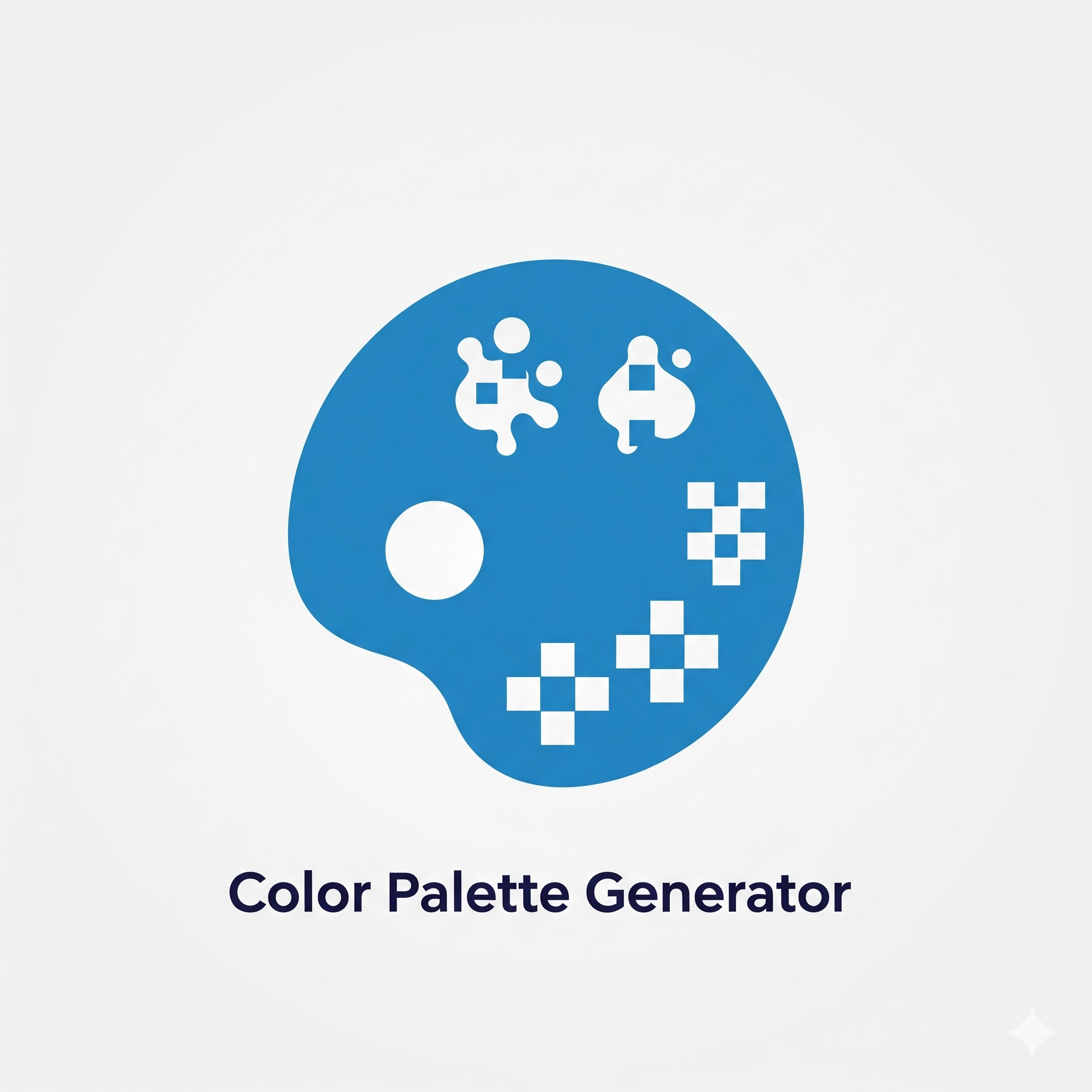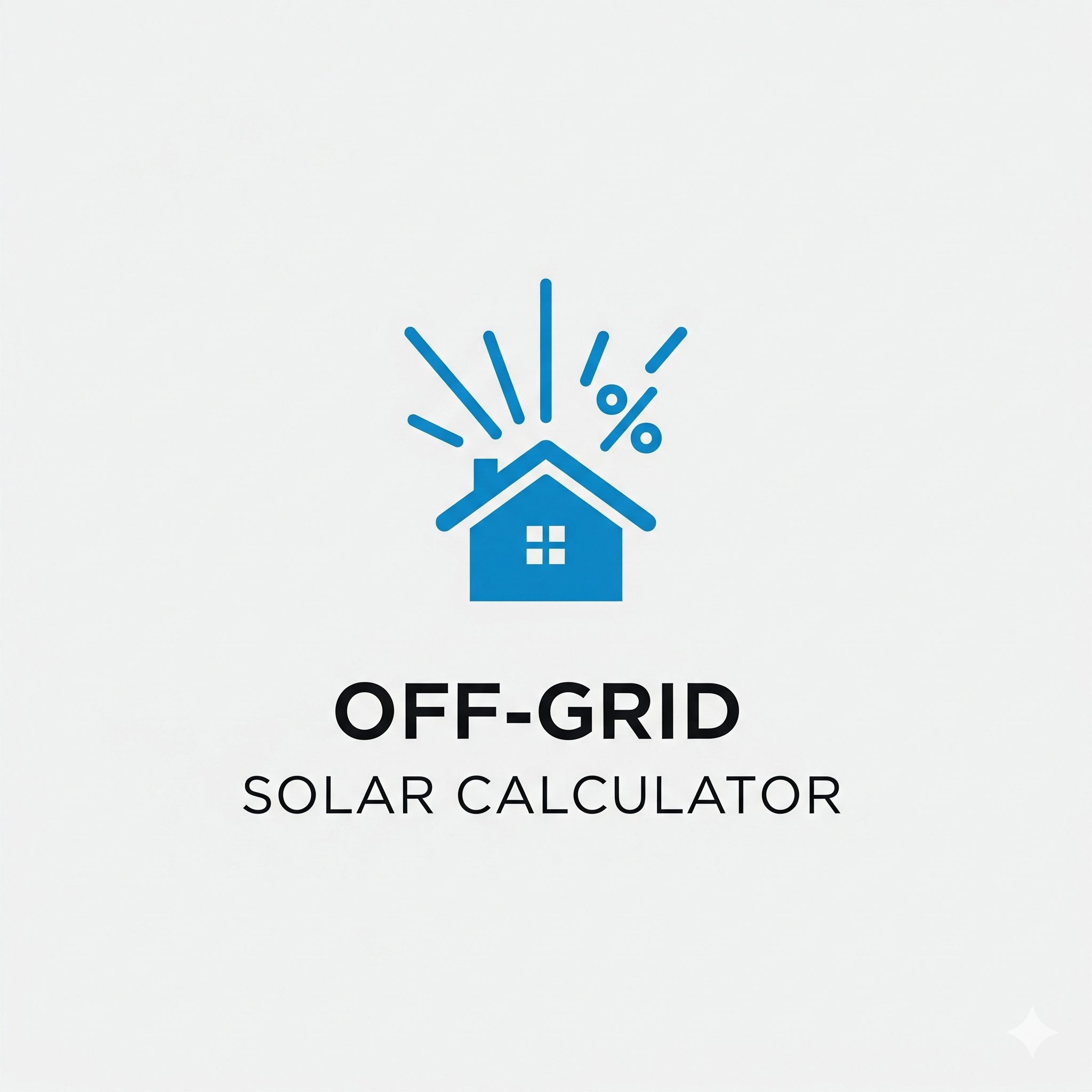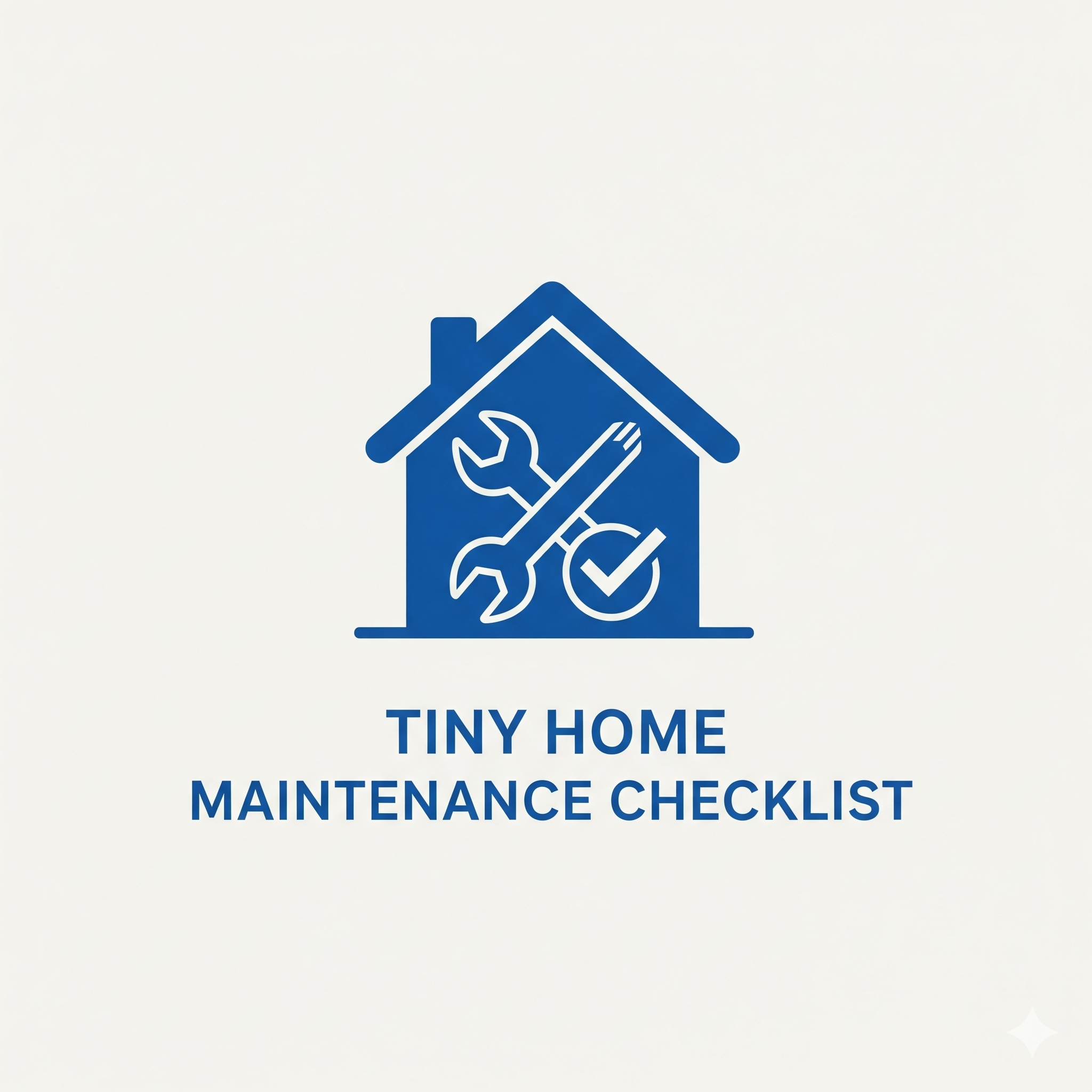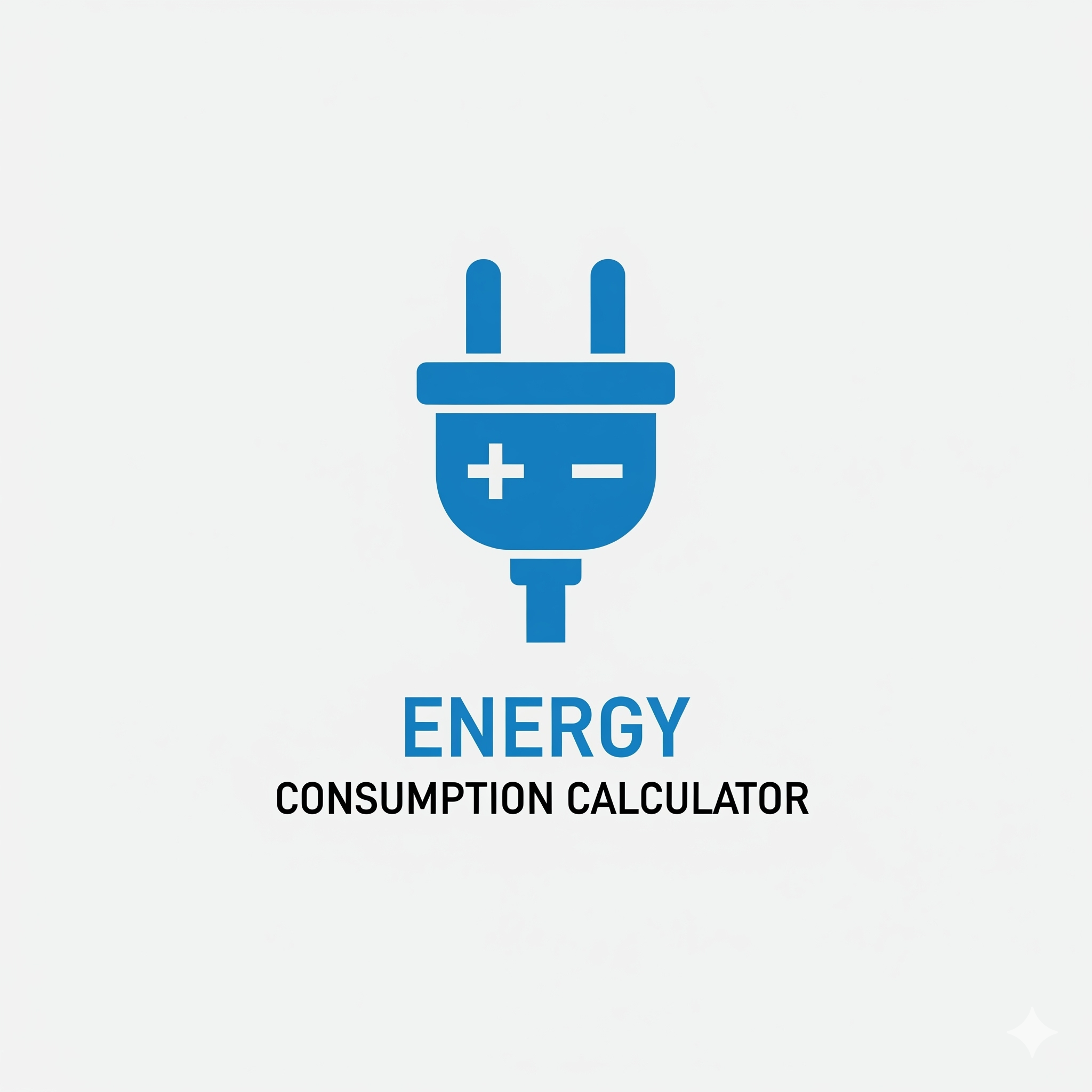Color Palette Generator From Image
Use our free Color Palette Generator to instantly create a beautiful color scheme from any image. Upload a photo to identify key colors for your interior design project.
Inspiration Color Palette Generator
Upload any image to automatically generate a beautiful color palette. Find the perfect colors for your next project!
Click here to upload an image
Analyzing colors…
How to use this tool: Click the box above to upload a photo from your computer or phone. This could be a picture of a favorite piece of art, a rug, a pillow, or even a landscape. Our tool will analyze the image and instantly extract a palette of the most dominant colors, complete with their HEX codes for your use. Click any color's code to copy it to your clipboard.
The Only Color Palette Generator You Need for Your Next Decor Project
One of the most daunting parts of decorating any space, especially a tiny one, is choosing a color scheme. You walk into a paint store and are faced with a wall of a thousand slightly different shades of white. It's overwhelming. As an interior design enthusiast at Neat Tiny Home, I’ve learned the secret that professional designers have known for years: don't start with paint chips. Start with inspiration. Find one thing you absolutely love—a piece of art, a patterned rug, a photo from a memorable vacation—and build your color scheme around that. This is precisely why I created this **Color Palette Generator**. It’s a tool that empowers you to act like a professional designer, instantly extracting a harmonious and personal color palette from any image you provide.
This tool closes the gap between the colors you love and the colors you live with. It takes the guesswork out of creating a cohesive look. By uploading a single photo, you get a ready-to-use palette of 5-6 colors that are guaranteed to work well together because they already coexist beautifully in your inspiration piece. Our **Color Palette Generator** is your starting point for any creative project, whether it's choosing paint for your walls, selecting fabrics for your furniture, or even planning your wardrobe. It’s about finding the colors that resonate with you and bringing them confidently into your home.
The Foundation of Good Design: Why Your Color Palette is Crucial
In a small space, color is your most powerful tool. A well-planned color palette does more than just make a room look pretty; it fundamentally shapes the experience of being in that space. A cohesive color scheme creates **unity and flow**, making a tiny home feel like one integrated, intentional space rather than a collection of separate, cramped rooms. Light colors are famously used to make a space feel larger and more airy, but a strategic palette can also allow you to use dark, dramatic colors without making the room feel small. For example, a deep navy blue accent wall, balanced with the lighter colors from your generated palette, can add depth and sophistication. Color is also deeply tied to emotion. As noted in many studies on color psychology, blues and greens can create a sense of calm, while warmer tones can make a space feel energetic and inviting. Your color palette is the foundation of your home's entire mood.
The 60-30-10 Rule: How to Apply Your New Color Palette
So, you've used the **Color Palette Generator** and now you have a beautiful set of 5-6 colors. How do you use them? The classic rule of interior design is the 60-30-10 principle. It’s a simple, foolproof way to create a balanced and professional-looking color scheme. Here's how it works:
| Percentage | Role in the Room | Typical Application |
|---|---|---|
| 60% Main Color | The dominant, foundational color. | Walls, large area rugs, maybe a sofa. |
| 30% Secondary Color | Adds contrast and interest. | Accent walls, curtains, chairs, bed linens. |
| 10% Accent Color | The "pop" of color, the jewelry of the room. | Throw pillows, decorative accessories, artwork. |
From the 5-6 colors your palette provides, select a light neutral for your 60%, a mid-tone you love for your 30%, and one or two of the boldest or brightest shades for your 10% accents. This simple formula creates a perfect balance every time.
From Digital HEX Codes to Real-World Paint
It's important to remember that colors on a screen can look different from colors on a wall due to screen calibration and lighting. The HEX codes provided by the **Color Palette Generator** are your perfect starting point, not the final decision. Here's the best way to bridge the digital-to-physical gap:
- Use Online Matching Tools: Many major paint brands have tools on their websites where you can input a HEX code to find their closest paint match. Websites like Sherwin-Williams' ColorSnap Visualizer or Behr's Color Smart are excellent for this.
- Get Physical Samples: Once you have a few potential paint names, go to the store and get physical sample pots. Never, ever choose a paint color based only on the small paper chip.
- Test Them In Your Space: Paint large sample squares (at least 1 foot by 1 foot) on your actual walls. Look at them at different times of day—in the bright morning light, in the afternoon shade, and under your artificial lighting at night. This is the only way to be 100% confident in your choice.
This process might seem meticulous, but it ensures that the beautiful palette you generated on the screen translates perfectly into the beautiful room you've been dreaming of.
Your home should be a reflection of you, and color is the most powerful way to express your personality. Stop being intimidated by color and start being inspired by it. Find a photo you love and let our **Color Palette Generator** do the hard work of unlocking its secrets for you.
What image will you use for your color inspiration? A piece of art, a vacation photo, a favorite sweater? Share your ideas in the comments below!
Frequently Asked Questions (FAQ)
- Why do the extracted colors sometimes look a bit different from the main colors I see in the photo?
Our tool analyzes the entire image and finds the most statistically dominant colors. Sometimes, a color that is very prominent to our eyes (like a small, bright red flower) might actually take up less pixel space than a subtler shade of green in the background. The generator provides a true representation of the image's overall color balance. - Can I use this for projects other than interior design?
Absolutely! This is a fantastic tool for graphic designers choosing brand colors, artists looking for a palette for a new piece, web designers developing a site's look and feel, or even for planning a cohesive wardrobe or party theme. - How many colors should I actually use from the generated palette?
While the tool provides 5-6 options, you don't have to use all of them. A simple, serene space might only use three. A more complex, layered space might use all six. The 60-30-10 rule is a great starting point using just three of the colors, and you can sprinkle in the others in very small amounts through books, plants, or small decor items. - What kind of images work best?
Images with a clear and interesting color scheme work best. This could be anything from a vibrant sunset, a detailed patterned textile, a moody painting, or a colorful plate of food. Avoid images that are mostly one color (like a plain blue sky) as the resulting palette will be less varied.




Post Comment